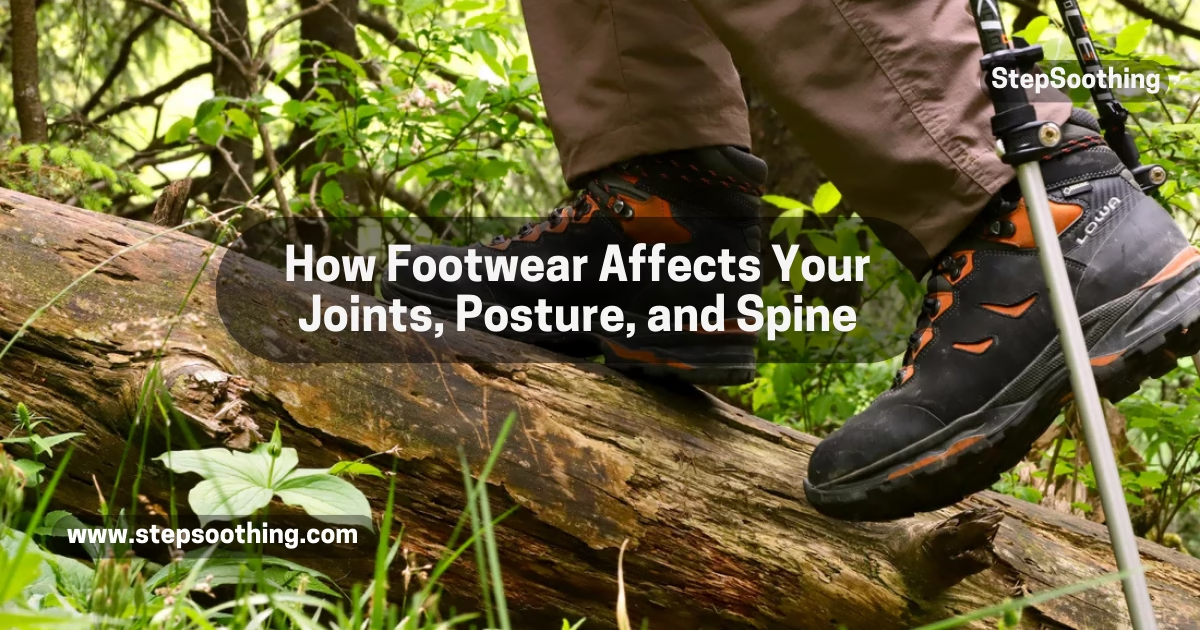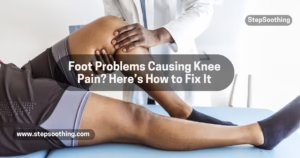The impact of footwear on joint health is often overlooked, but the right shoes can prevent joint strain, improve alignment, and support the knees, hips, and spine. Proper cushioning and shock absorption help reduce stress, lowering the risk of osteoarthritis and chronic pain. On the other hand, improper footwear can lead to discomfort, misalignment, and long-term joint issues, affecting overall posture and mobility.
Impact of Footwear on Joint Health
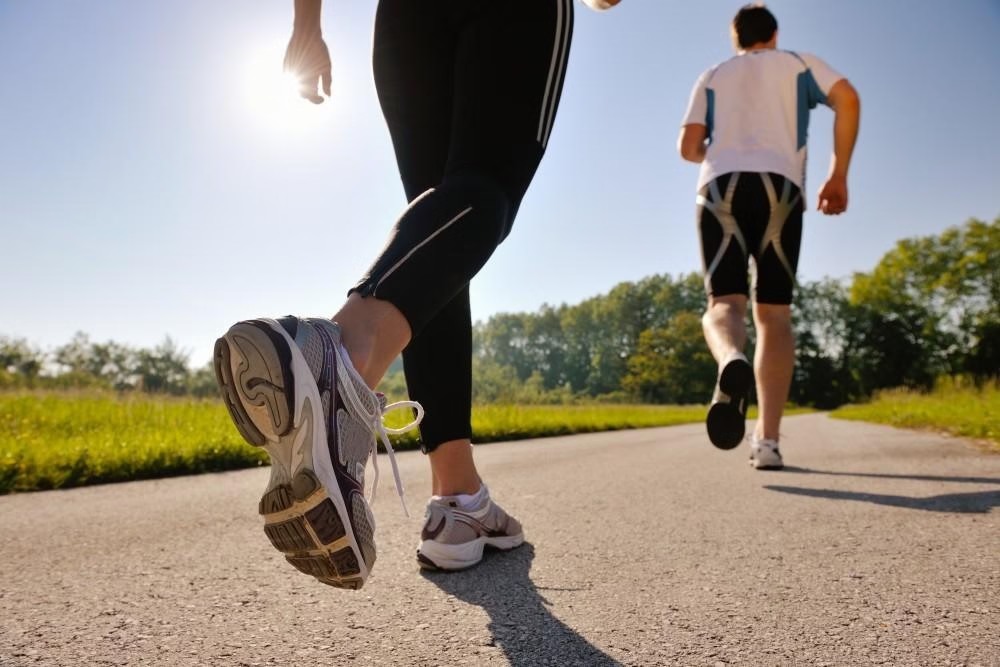
Why Footwear Matters for Joint Health
The shoes you wear play a vital role in protecting your knees, hips, and spine. Proper support and cushioning help to reduce joint strain and prevent long-term issues like osteoarthritis (OA). Wearing improper footwear can increase stress on the lower body, leading to discomfort and chronic pain. Choosing the right footwear ensures better alignment, improving mobility and reducing the risk of injury.
On the other hand, poor choices in footwear can result in misalignment, which alters posture and increases impact forces on your joints. Studies in the Journal of Biomechanics suggest that improper shock absorption accelerates cartilage breakdown, leading to knee pain and patellofemoral pain syndrome. Whether for exercise or daily use, selecting joint-friendly shoes is crucial for long-term joint health.
If you’re experiencing knee pain caused by foot problems, check out this guide on how to fix it for expert advice.
How Footwear Affects Joint Alignment and Stability
Your foot type plays a major role in how footwear impacts joint health. Flat feet often cause overpronation, where the foot rolls excessively inward, straining the knees and hips. In contrast, high arches reduce natural shock absorption, increasing joint pressure. Choosing supportive footwear that promotes proper foot alignment can help maintain balance and evenly distribute weight.
Heel height also affects joint pressure. High heels shift the body’s weight forward, increasing lower back pain and leading to hip misalignment. A 3-inch heel increases knee stress by 23%, contributing to pelvic tilt and spine misalignment. Experts recommend low-heel or zero-drop shoes for a more balanced posture and better natural movement.
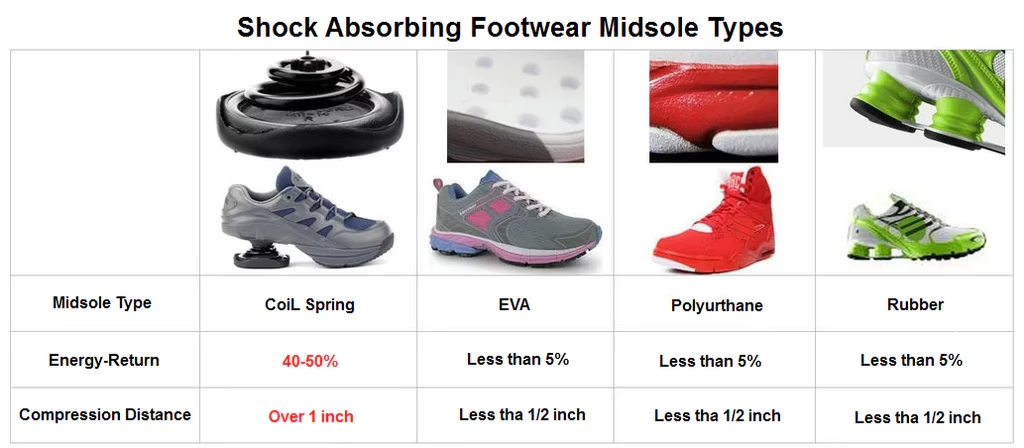
The Role of Shock Absorption and Cushioning in Joint Health
Proper shock absorption in footwear reduces impact forces on the knees, hips, and spine. Running shoes with EVA foam provide superior cushioning, reducing knee stress and slowing down cartilage breakdown. Research in the American Journal of Sports Medicine confirms that well-cushioned shoes with gel midsoles help to distribute pressure and protect joints.
However, while cushioned sneakers improve impact absorption, they should not be overly soft. Overly cushioned shoes may cause instability, forcing the body to compensate in unnatural ways, leading to fatigue and joint strain. The ultimate choice is a shoe that offers a balance between comfort and stability to prevent unnecessary strain.
For those suffering from plantar fasciitis, using the right insoles can make a difference. Learn more about how insoles alleviate plantar fasciitis and improve foot support.
Flexible vs. Stiff Shoes: Finding the Right Balance
Flexibility in footwear plays a crucial role in range of motion and natural gait. Flexible soles allow for better function, adapting to the foot’s natural movement. Stiff shoes, on the other hand, restrict movement and increase compensatory stress, which can cause lower-body fatigue and increase fall risks, especially for older adults.
Minimalist shoes, including zero-drop options, promote a gradual adaptation to a more natural gait. While they can be beneficial, a sudden switch without proper adaptation may cause strain on the foot and joints. Transitioning to minimalist shoes should be done carefully to avoid injury.
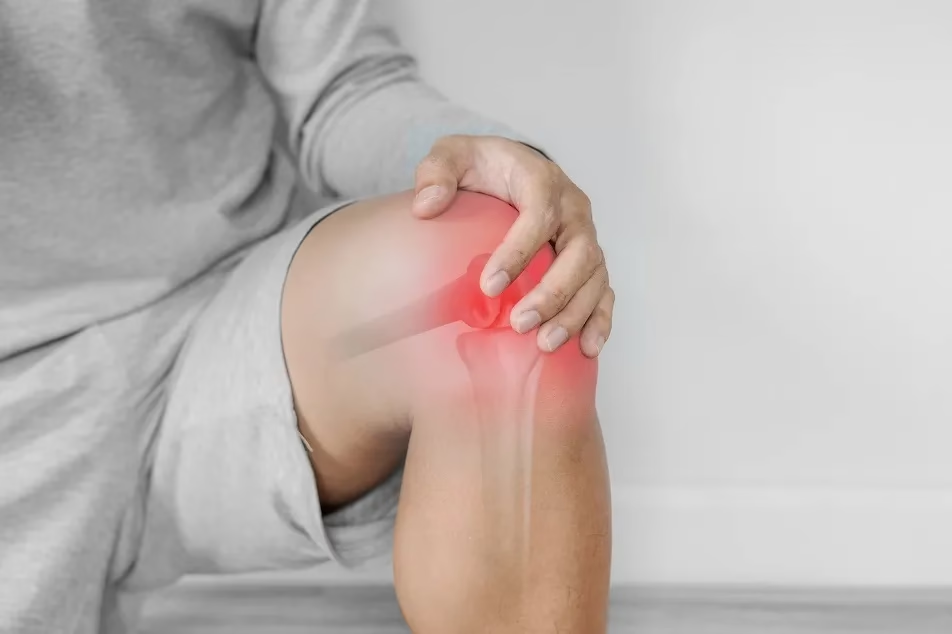
The Impact of Weight and Material on Joint Health
The material and weight of a shoe significantly impact energy expenditure. Studies show that every 100g increase in shoe weight increases energy use by 1%, leading to fatigue and decreased mobility. Lightweight materials like mesh and polyurethane provide better flexibility, reducing joint strain.
Heavy footwear, such as work boots, adds extra stress on the knees and hips over time. Using custom insoles or orthotic insoles can help improve alignment and provide personalized support to relieve discomfort and enhance posture.
For a deeper look at common foot problems and their solutions, explore this comprehensive guide.
Common Joint Problems Linked to Poor Footwear Choices
Wearing unsupportive shoes contributes to several joint problems, including osteoarthritis, plantar fasciitis, and hip misalignment. Flat shoes with lack of arch support can cause foot pain, while worn-out sneakers may lead to uneven soles, altering posture and increasing joint stress.
People in certain professions, such as teachers, nurses, and athletes, are at a higher risk due to prolonged standing or high-impact activities. Professional athletes, including NBA players and marathon runners, use advanced technologies in footwear to optimize performance and prevent pain.
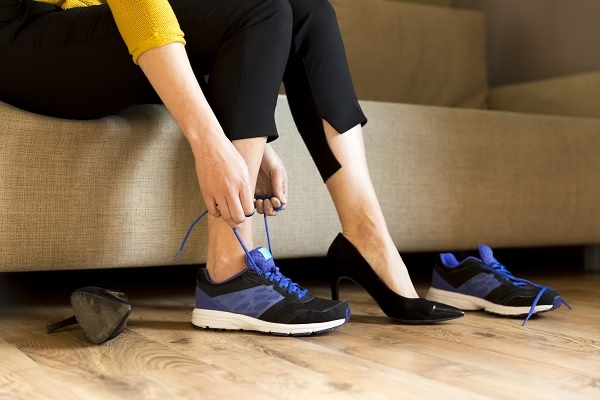
How to Choose the Best Footwear for Joint Health
To select the ultimate choice for joint-friendly footwear, consider arch support, cushioning, and flexibility. Supportive walking shoes with shock-absorbing midsoles help to reduce joint impact and maintain alignment. Orthopedic insoles provide personalized support, especially for people with flat feet or high arches.
Replacing shoes regularly is key. Experts recommend changing running shoes every 300-500 miles to maintain proper fit and joint protection. Waiting until shoes are visibly worn out can lead to postural imbalances, increasing the risk of joint pain and long-term damage.
Debunking Common Myths About Footwear and Joint Health
Myth 1:
Flat shoes are always better for joints – While they mimic barefoot walking, they may increase stress on the lower back.
Myth 2:
Soft, cushioned shoes are always best – Overly soft shoes can cause instability instead of providing balance.
Myth 3:
Expensive shoes mean better support – Quality and fit matter more than price.
Myth 4:
Only high heels are bad – Even some low-heel shoes can misalign posture and cause joint stress.
Myth 5:
You only need to replace shoes when they’re worn out – Shoes lose supportive qualities long before they show wear.
Myth 6:
One type of shoe is right for everyone – Gait and foot structure vary, so individual choices should be made with professional advice.
Final Thoughts on Protecting Your Joints with the Right Footwear
Your joints carry the impact of every step you take. Investing in proper footwear that offers shock absorption, flexibility, and stability will help distribute forces evenly, preventing strain and discomfort. Switching to well-cushioned, well-fitted shoes and consulting a specialist when needed can help prevent long-term joint issues.
By making informed choices, you can protect your joints and maintain better mobility in the long run. Listen to your body, and your joints will thank you!
For additional foot care tips to improve overall wellness, check out this helpful resource.
People Also Asked
How Footwear Affects Health
Footwear plays a significant role in overall health by impacting posture, joint health, and comfort. Proper support and cushioning help reduce joint strain, prevent discomfort, and improve mobility.
Can Shoes Cause Joint Pain?
Yes, improper footwear can lead to joint pain by affecting alignment and increasing stress on the knees, hips, and spine. Wearing unsupportive or ill-fitted shoes can accelerate cartilage breakdown, leading to long-term joint issues.
What Is the Effect of Footwear on Posture?
Footwear affects posture by influencing weight distribution and alignment. Shoes with poor arch support can lead to pelvic tilt and spine misalignment, increasing the risk of lower back pain.
How Does Poor Footwear Affect the Skeletal System?
Wearing unsupportive shoes can alter natural gait, leading to skeletal misalignment. This can cause hip misalignment, uneven soles, and increased joint stress, affecting overall movement and stability.
Which Type of Footwear Is Good for Health?
Shoes with proper arch support, cushioning, and flexibility are best for health. Supportive walking shoes, orthopedic insoles, and cushioned sneakers help maintain alignment and reduce joint impact.
What Is the Impact of Shoes?
Shoes influence joint health, posture, and movement efficiency. The right footwear enhances comfort, reduces fatigue, and prevents long-term damage, while improper choices can cause pain, misalignment, and joint strain.
